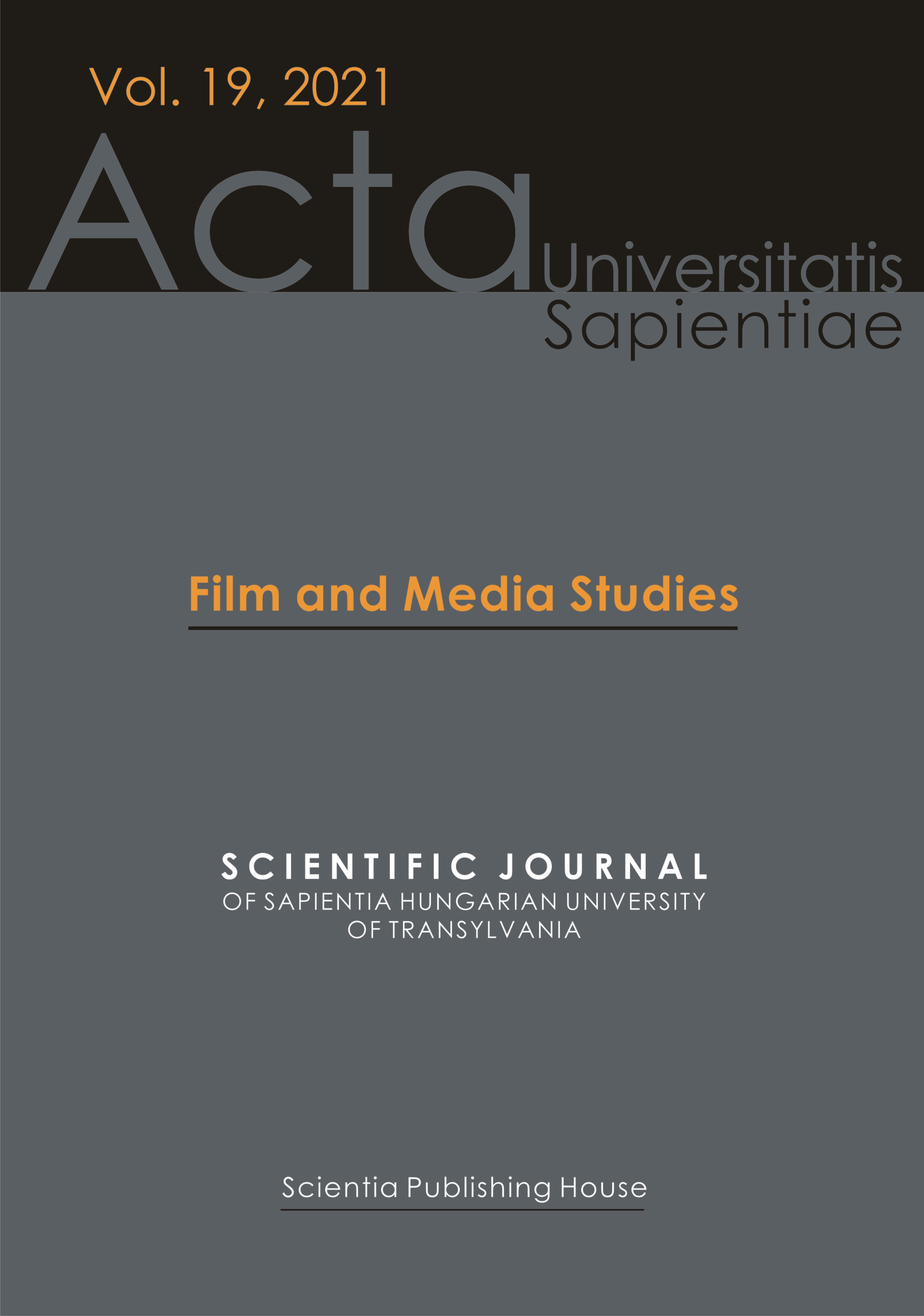Images in Suspension: Tableaux Vivants, Gesturality and Simulacra in Raul Ruiz’s film The Hypothesis of the Stolen Painting
Images in Suspension: Tableaux Vivants, Gesturality and Simulacra in Raul Ruiz’s film The Hypothesis of the Stolen Painting
Author(s): Ioannis ParaskevopoulosSubject(s): Film / Cinema / Cinematography
Published by: Scientia Kiadó
Keywords: tableaux vivants; simulacrum; gesture; Pierre Klossowski; vicious circle;
Summary/Abstract: The article discusses Raul Ruiz’s film The Hypothesis of the Stolen Painting (1978). In the closed space of the house a parallel world emerges, where the filmic hypertext is constituted by a series of mise-en-abyme images that explore the multiple universe of tableaux vivants. The article analyses Ruiz’s appropriation of Pierre Klossowski’s concept of simulacra. The structure of The Hypothesis of the Stolen Painting is based upon the infinite reproduction of meaning since each simulacrum-tableau vivant leads to another. The author explores the gesturality of the bodies and its relevance to the use of language and sound in the film. Furthermore, he argues that Ruiz orchestrates the placement of the tableaux vivants in the filmic space in order to reveal the thought of eternal return.
Journal: Acta Universitatis Sapientiae, Film and Media Studies
- Issue Year: 2021
- Issue No: 19
- Page Range: 77-98
- Page Count: 22
- Language: English

